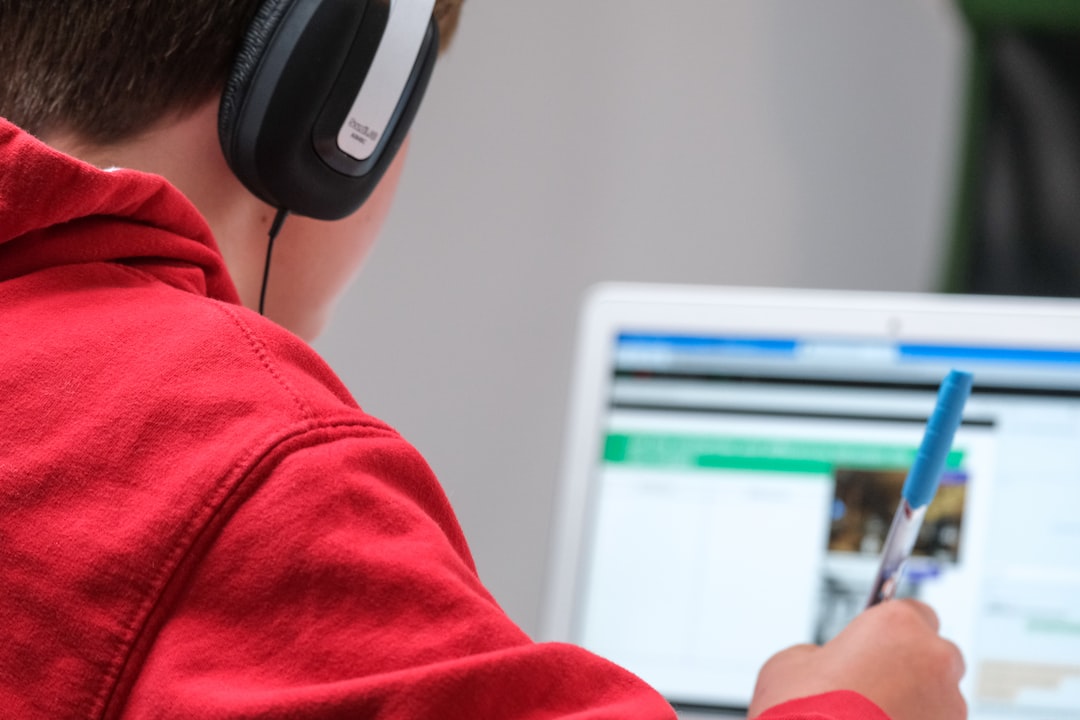In recent years, there has been a significant rise in the use of gamification in e-learning, revolutionizing the way students engage and learn online. Gamification refers to the incorporation of game elements and mechanics into non-game contexts, such as education, to enhance learning outcomes and student motivation. This innovative approach to education has proven to be highly effective in engaging students like never before.
One of the key reasons behind the rise of gamification in e-learning is its ability to make the learning process more enjoyable and immersive. Traditional methods of online learning often lack interactivity and fail to captivate students’ attention. Gamification introduces elements such as rewards, badges, leaderboards, and levels that simulate a game-like experience. By including these features, e-learning platforms can transform mundane tasks into compelling challenges, motivating students to actively participate and progress through the course.
Moreover, gamification helps create a positive learning environment by providing immediate feedback and encouraging healthy competition. When students receive instant feedback on their performance, they can quickly identify their strengths and weaknesses. This allows them to adjust their learning strategies accordingly, improving their understanding and retention of the material. Additionally, the inclusion of leaderboards and badges fosters healthy competition among students, encouraging active participation and the pursuit of excellence.
Another essential aspect of gamification in e-learning is its ability to promote mastery and skill development. By breaking down complex subjects into bite-sized tasks and allowing students to progress through levels, gamified platforms facilitate skill acquisition in a structured manner. This incremental approach to learning promotes a sense of achievement and enables students to build a strong foundation before moving on to more challenging topics. The clear goals and progression system inherent in gamification also help students develop a growth mindset, where they understand that effort, practice, and perseverance lead to improvement and mastery over time.
Furthermore, gamification in e-learning fosters collaboration and social interaction among students. Many gamified platforms offer features like multiplayer games, team challenges, and discussion forums that encourage students to work together, exchange ideas, and problem-solve collectively. This collaborative aspect not only enhances the learning experience but also nurtures important interpersonal skills, including communication, teamwork, and leadership.
The rise of gamification in e-learning has also been fueled by advancements in technology. With the advent of augmented reality (AR) and virtual reality (VR), e-learning platforms are gaining the ability to create highly immersive and interactive learning experiences. By leveraging these technologies, students can dive into virtual worlds, explore concepts in 3D, and enjoy a hands-on learning experience. This level of engagement, made possible by gamification and cutting-edge technology, significantly enhances knowledge retention and deepens understanding.
In conclusion, the rise of gamification in e-learning has revolutionized the way students engage and learn online. By incorporating game elements, mechanics, and technologies, e-learning platforms transform the learning process from a passive endeavor into an immersive and enjoyable experience. Gamification promotes active learning, mastery, collaboration, and skill development, motivating students like never before. As technology continues to advance, it is exciting to envision the future of gamified e-learning and its potential to revolutionize education further.

